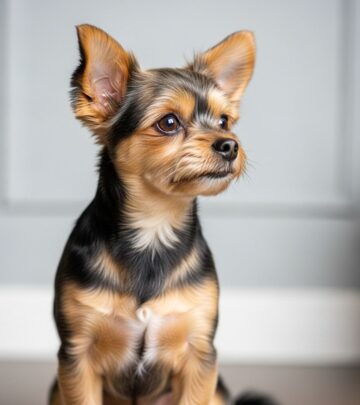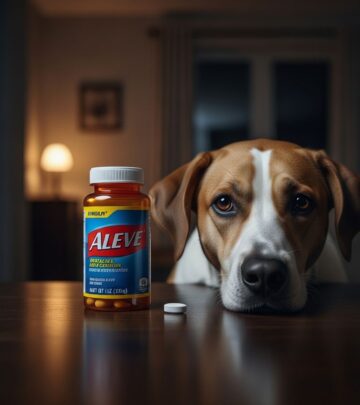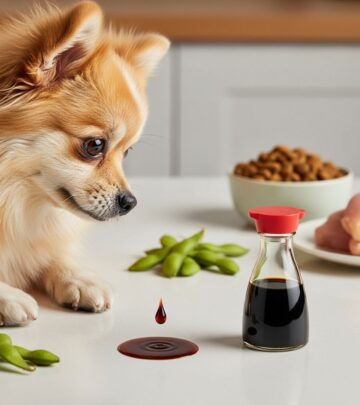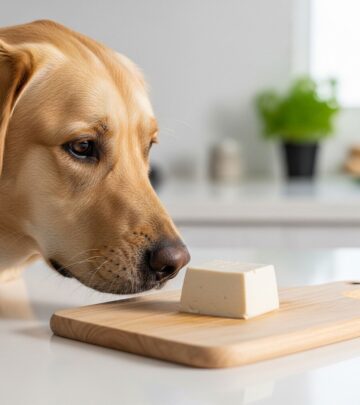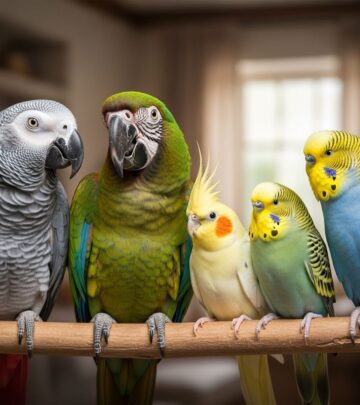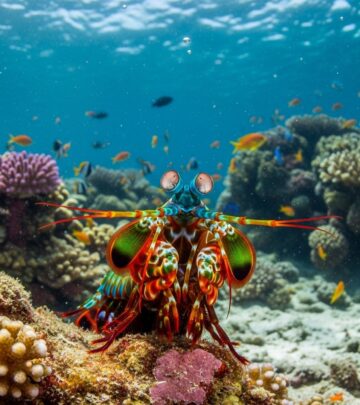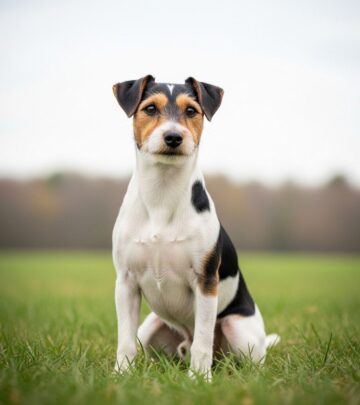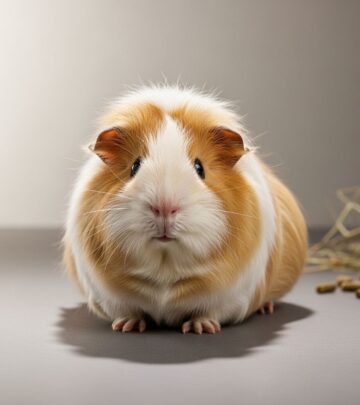Matching Halloween Costumes For Kids & Dogs: Comprehensive Guide
Create memorable Halloween moments with matching costumes for your children and furry friends
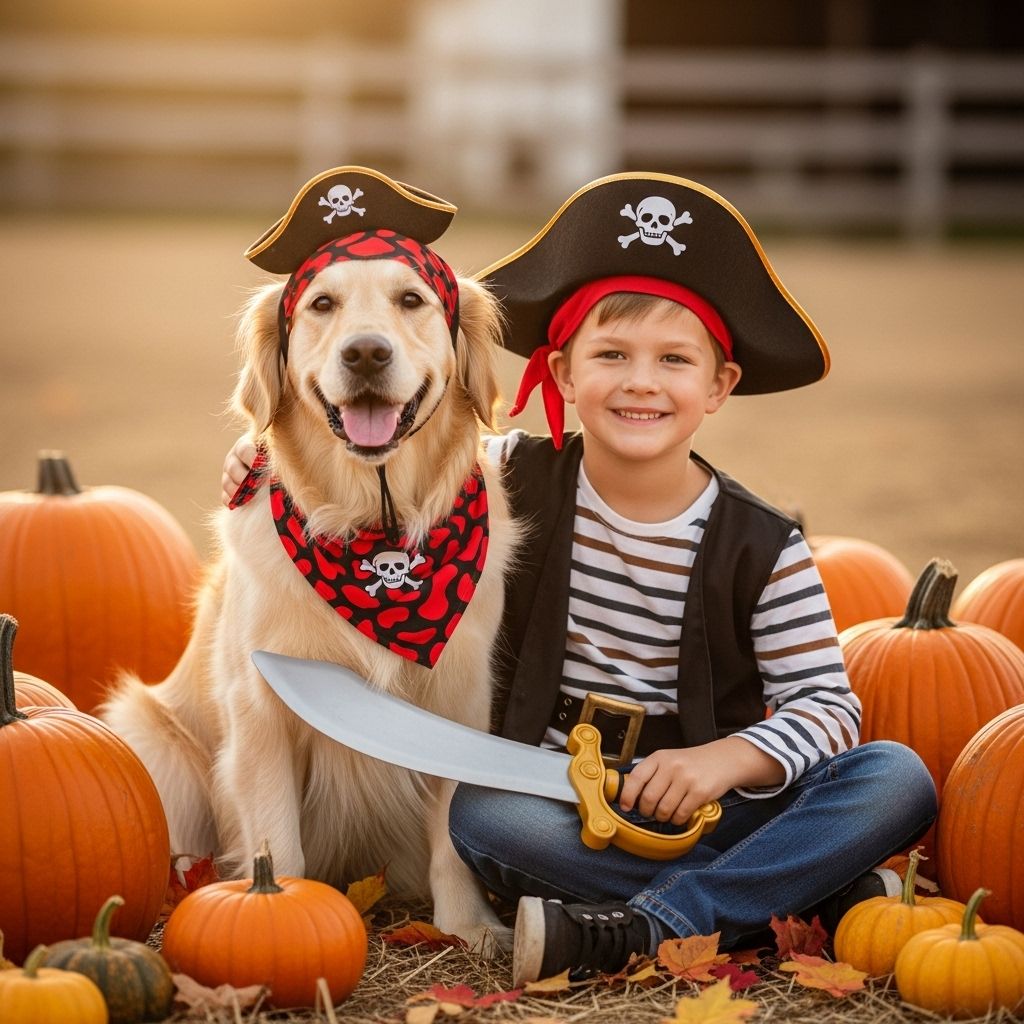
Image: HearthJunction Design Team
The Magic of Kid and Dog Costumes: Creating Unforgettable Halloween Memories
Halloween is that special time of year when imagination comes to life through creative costumes. While children eagerly anticipate dressing up as their favorite characters, pet parents are increasingly including their furry family members in the festivities. The heartwarming combination of kids and dogs in coordinated costumes has become a Halloween tradition that brings joy to families and neighborhoods alike.
The bond between children and their canine companions makes Halloween an ideal opportunity to celebrate their special relationship. From simple matching outfits to elaborate themed ensembles, the possibilities for kid and dog costume combinations are virtually endless. This comprehensive guide explores everything you need to know about creating magical Halloween moments with your two-legged and four-legged family members.
Why Matching Kid and Dog Costumes Are Trending
The popularity of coordinating costumes for children and pets has skyrocketed in recent years. Social media platforms are flooded with adorable photos of kids and their dogs dressed in complementary outfits, garnering thousands of likes and shares. This trend isn’t just about creating Instagram-worthy moments—it’s about strengthening the bond between children and their pets while creating lasting memories.
Research shows that involving pets in family activities like Halloween can enhance the human-animal bond and provide educational opportunities for children. When kids help plan and create costumes for their dogs, they learn about responsibility, empathy, and creativity. These shared experiences can become cherished family traditions that children remember long into adulthood.
Popular Matching Costume Ideas for Kids and Dogs
Finding the perfect costume combination for your child and dog can be an exciting adventure. Here are some of the most beloved matching costume ideas that work wonderfully for both kids and canines:
Classic Character Duos
Some character pairings are timeless and instantly recognizable, making them perfect for kid and dog costumes:
- Dorothy and Toto: A blue gingham dress and ruby slippers for your child, with a small basket carrying a Toto-costumed pup (or a Toto costume for your dog with a small Dorothy doll in a basket).
- Robin Hood and Little John: Green outfits with feathered caps make for easy and recognizable costumes.
- Beauty and the Beast: A yellow Belle dress for your daughter and a Beast costume with a blue jacket for your dog.
- Superhero and Sidekick: Batman and Robin, Superman and Superdog, or Captain America and Bucky make fantastic pairings.
Food-Themed Costumes
Food costumes are often simpler to create and can be absolutely adorable:
- Hot Dog and Vendor: A hot dog costume for your dog (ironic and cute!) with your child dressed as a vendor with apron and cap.
- Cookie and Baker: A round cookie costume for your pup and a chef’s outfit for your little one.
- Spaghetti and Meatball: Your child in red and white striped clothing with yarn “noodles” and your dog as the meatball.
- Peanut Butter and Jelly: Complementary costumes that are instantly recognizable as a perfect pair.
Movie and TV Show Inspirations
Popular media provides endless inspiration for creative costume combinations:
- Star Wars Characters: Your child as Luke Skywalker or Princess Leia with your dog as an Ewok or Chewbacca.
- Scooby-Doo and Shaggy: A natural pairing, especially for larger dogs.
- Jurassic Park: Your child as a park ranger with your dog as a dinosaur.
- Stranger Things: Your kid in Eleven’s iconic pink dress with your dog in a Demogorgon costume.
DIY Costume Ideas for Budget-Friendly Options
Store-bought costumes can be expensive, especially when purchasing for both children and pets. Creating DIY costumes not only saves money but allows for personalization and becomes a fun family activity. Here are some creative and budget-friendly DIY costume ideas:
Using Household Items
Look around your home for costume materials before heading to the store:
- Cardboard Box Transformations: Turn cardboard boxes into robots, cars, or building blocks for both kids and dogs.
- Old Clothing Upcycle: Transform outgrown clothes into character costumes with simple modifications.
- Sock Puppets: Create simple dog costumes using old socks and basic craft supplies.
- T-shirt Costumes: Use plain t-shirts as a canvas to create simple costume designs with fabric paint or markers.
No-Sew Options
Not everyone has sewing skills, but these no-sew costume ideas require minimal crafting ability:
- Tutu Costumes: Create fairy, butterfly, or ballerina costumes using tulle strips tied around elastic.
- Felt Attachments: Use fabric glue to attach felt pieces to existing clothes or dog harnesses.
- Cape Costumes: Fashion simple capes for superhero costumes using hemming tape instead of stitching.
- Bandana Accessories: Decorate bandanas for instant cowboy, pirate, or biker costumes.
Safety Considerations for Dog Costumes
While dressing up your dog can be fun, their safety and comfort should always be the priority. Here are important considerations before selecting or creating a dog costume:
Ensuring Comfort
A comfortable dog is a happy dog, and this should be paramount when choosing costumes:
- Proper Fit: Costumes should be neither too tight nor too loose. They should allow for natural movement without restriction.
- Temperature Regulation: Be mindful of weather conditions. Avoid heavy costumes in warm weather or insufficient coverage in cold conditions.
- Bathroom Access: Ensure costumes don’t interfere with your dog’s ability to relieve themselves.
- Vision and Hearing: Costumes should never obstruct your dog’s sight, hearing, or breathing.
Avoiding Hazards
Certain costume elements can pose risks to dogs:
- Choking Hazards: Avoid small, detachable parts that could be chewed off and swallowed.
- Toxic Materials: Ensure all materials are non-toxic, as dogs may chew on their costumes.
- Trip Hazards: Long capes or trailing fabric can cause dogs to trip or become entangled.
- Stress Indicators: Know the signs that your dog is stressed (excessive panting, tucked tail, pinned ears) and be prepared to remove the costume if needed.
Preparing Your Dog for Costume Wear
Not all dogs naturally take to wearing costumes. Preparation and patience are key to ensuring a positive experience:
Gradual Introduction
Rushing into a full costume can overwhelm your dog. Instead:
- Start Small: Begin with simple items like bandanas or pet-friendly t-shirts before attempting full costumes.
- Positive Associations: Pair costume items with treats and praise to create positive associations.
- Practice Sessions: Have your dog wear the costume for short periods before Halloween, gradually increasing duration.
- Comfort Breaks: Plan for regular breaks from the costume during Halloween activities.
Reading Your Dog’s Body Language
Understanding when your dog has had enough is crucial:
- Stress Signals: Watch for freezing, yawning, lip licking, or avoidance behaviors.
- Enjoyment Signs: Relaxed posture, normal movement, and engagement with activities indicate comfort.
- Know When to Stop: If your dog shows consistent signs of distress, prioritize their wellbeing over costume wearing.
Halloween Safety Beyond Costumes
Costumes are just one aspect of Halloween safety for pets. Consider these additional precautions:
Trick-or-Treating With Dogs
If including your dog in trick-or-treating:
- Reflective Gear: Ensure your dog’s costume includes reflective elements for visibility in the dark.
- Secure Leashing: Use a sturdy leash and collar/harness that won’t slip off even with costume layers.
- Identification: Make sure your dog wears ID tags and is microchipped in case of separation.
- Route Planning: Choose dog-friendly neighborhoods and avoid areas with excessive decorations that might frighten your pet.
Home Safety During Halloween
If staying home to hand out treats:
- Candy Containment: Keep all candy, especially chocolate and xylitol-containing treats, out of your dog’s reach.
- Doorbell Management: Create a plan for managing your dog’s reaction to frequent doorbell rings.
- Quiet Space: Provide a comfortable retreat away from front door activity where your dog can relax if overwhelmed.
- Decoration Dangers: Secure decorations and keep cords, artificial cobwebs, and small decorative items out of reach.
Capturing the Perfect Halloween Memories
Once you’ve created the perfect costumes, you’ll want to preserve the memories:
Photography Tips
Getting great photos of kids and dogs in costumes can be challenging but rewarding:
- Timing: Photograph when both child and dog are fresh and in good spirits, not after hours of wear.
- Lighting: Use natural light when possible, or soft artificial lighting that won’t create harsh shadows.
- Action Shots: Candid moments often capture the joy better than posed photos.
- Treats and Toys: Have helpers use favorite treats or toys to direct your dog’s attention toward the camera.
Creating Traditions
Halloween costumes can become cherished family traditions:
- Annual Themes: Consider establishing a tradition of family themes that include the pets.
- Photo Books: Create annual Halloween photo books documenting your costumes through the years.
- Social Sharing: Participate in online pet costume contests or community events to share your creativity.
Frequently Asked Questions
Q: How do I know what size costume to get for my dog?
A: Measure your dog’s neck, chest, and length from collar to tail base. Compare these measurements to the sizing chart provided by the costume manufacturer. When in doubt, size up rather than down, as costumes can be adjusted to be smaller but not larger.
Q: My dog has never worn clothes before. Can I still dress them up for Halloween?
A: Yes, but start with simple, lightweight items well before Halloween. Introduce costume pieces gradually while providing treats and praise. If your dog shows consistent distress, consider minimal options like a festive bandana or collar instead.
Q: Are there breeds that shouldn’t wear costumes?
A: Brachycephalic (flat-faced) breeds like Bulldogs, Pugs, and Boston Terriers may have more difficulty breathing in costumes that cover their face or restrict airflow. Short-haired breeds might need lighter costumes in warm weather and extra warmth in cold conditions.
Q: How can I include my dog in Halloween if they won’t tolerate a costume?
A: There are many alternatives to full costumes: decorated harnesses, festive bandanas, Halloween-themed collar charms, or temporary pet-safe colored fur spray on a small patch of fur. You can also incorporate your dog’s natural appearance into your child’s costume theme.
Q: What are the signs that my dog is uncomfortable in their costume?
A: Watch for excessive scratching, pawing at the costume, attempting to remove it, freezing in place, tucked tail, pinned ears, yawning, lip licking, avoiding eye contact, or hiding. These are all signs that your dog is stressed and the costume should be removed.
Halloween offers a wonderful opportunity to create special memories with the whole family, including your furry members. With careful consideration of safety, comfort, and individual preferences, you can find the perfect costume solution that works for both your children and dogs. Whether you go all-out with elaborate matching ensembles or keep it simple with festive accessories, the joy comes from including everyone in the family fun. Happy Halloween!
References
Read full bio of Shinta

